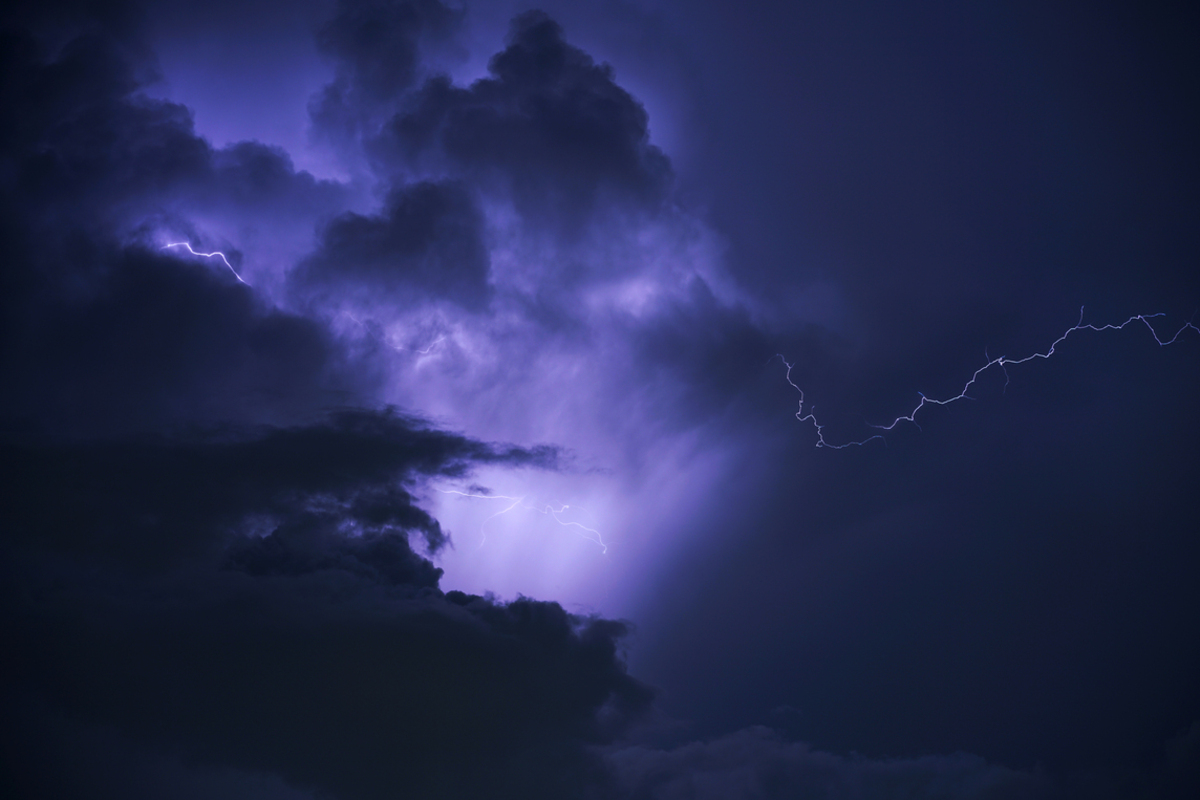Air temperature, humidity, wind, precipitation, and other meteorological factors have a significant impact on people suffering from asthma as well as other respiratory conditions, such as chronic obstructive pulmonary disease, emphysema, and respiratory tract infections. Asthma is a chronic inflammatory disease of the airways. Even though the exact cause is not yet clear, there are many known triggers and risk factors for the development of asthma, among which are also weather changes.

Cold weather and asthma
Dry mucosa is a good precursor for developing inflammation or worsening an existing inflammation, due to loss of local defense mechanisms. Cold weather also brings other negative agents, such as the influenza virus which causes flu. Every winter, there is a pandemic of flu, which can give asthma patients a very hard time to manage their symptoms and increase the frequency of their asthma attacks. Staying at home because of the cold weather and lack of indoor ventilation also has its downsides. Dust mites love those conditions and they are in many patients a triggering factor for asthma attacks.
Hot weather and asthma
The symptoms are even more pronounced during hyperventilation – fast and deep breathing, usually during some physical activity. Experiments have shown that hyperventilation of hot, humid air leads to developing asthma attacks several times faster than if the air is at normal temperature. That is why people with asthma should avoid intense physical activity during the hottest periods of the day.
Another cause of the increased number of asthma attacks during spring and summer is pollen. Tree and grass pollen concentrations are significantly higher during the hotter seasons of the year. People who live in tropical areas experience these symptoms very often, as they are exposed to hot weather all year round. However, in some parts of Africa and South America, the statistics about hospital visits is misleading due to the large number of underdiagnosed and misdiagnosed people who suffer from asthma symptoms.
How do Thunderstorms Affect Asthma Patients?
Patients with asthma inhale large amounts of pollen allergen during the beginning of the storm and that triggers a strong allergic reaction, culminating in an asthma attack. There is also a common misconception that rain eliminates the concentration of pollen allergens in the air. That is not always true, because the pollen particles expel the allergens in seconds, way before the rain brings them back to the ground.
Many doctors are not familiar with this phenomenon, and there is a strong recommendation by the scientific community that not only allergists, but also general practitioners should be well informed about the relationship between thunderstorms and asthma attacks. Patients who have pollen allergies should also be aware that thunderstorms can worsen their symptoms in order to be ready to act in a timely manner and prevent the attacks.
Air pollution and asthma
Air pollution is one of the greatest burdens of modern society, and in combination with global warming and weather changes, air pollutants can be an important factor for the development of asthma and for triggering attacks in people with existing asthma.
How does this happen? Well, air pollutants are known to cause an inflammation of the respiratory tract and that can worsen the existing chronic inflammation of the sensitive airways of asthma patients. The most common pollutants found in developed industrial areas include: tobacco smoke, ozone (O3), diesel exhaust particles, and nitrogen dioxide (NO2).
There were many studies that demonstrated in experimental laboratory settings the exact mechanisms in which specific air pollutants damage the surface of the airways. Tobacco smoke is definitely the most damaging air pollutant for persons with asthma, since it contains more than 3000 chemical compounds.
Conclusion
Apart from taking prescribed medications, people with asthma should pay attention to weather changes and air pollution, as they can significantly affect the frequency of their asthma attacks. Cold air, as well as hyperventilation in warm air can trigger asthma attacks. Furthermore, the thunderstorm-asthma phenomenon should be taken into account, and doctors should give pointers to their patients with asthma how to behave in such conditions. Air pollution is not that easy to avoid, but at least tobacco smoke as well as pollution from second-hand smoke should be reduced as much as possible.
- Photo courtesy of SteadyHealth
- www.ncbi.nlm.nih.gov/pmc/articles/PMC3373066/
- www.ncbi.nlm.nih.gov/pmc/articles/PMC4499913/
- www.ncbi.nlm.nih.gov/pmc/articles/PMC6031646/
- www.ncbi.nlm.nih.gov/pmc/articles/PMC6031196/
- www.ncbi.nlm.nih.gov/pmc/articles/PMC5410411/
- www.ncbi.nlm.nih.gov/pubmed/23275386
- www.ncbi.nlm.nih.gov/pubmed/7039437
- www.ncbi.nlm.nih.gov/books/NBK430901/
- www.ncbi.nlm.nih.gov/pmc/articles/PMC5705483/
- www.ncbi.nlm.nih.gov/pmc/articles/PMC4653278/


Your thoughts on this